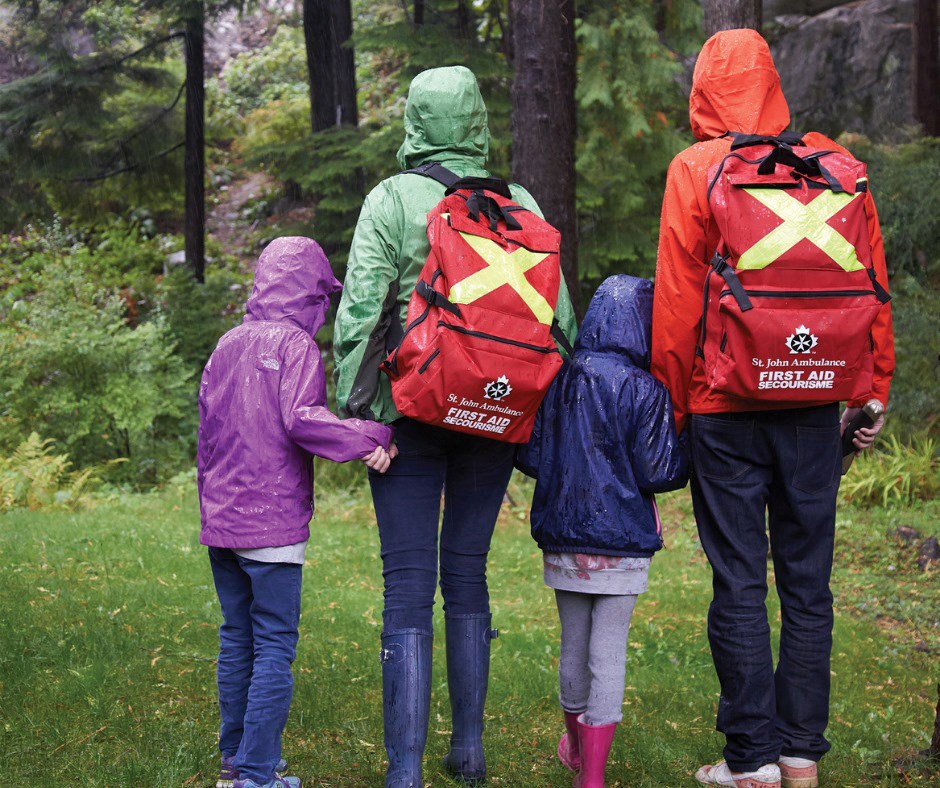British Columbians are reminded how to be prepared for an earthquake during a global pandemic.
St. John’s Ambulance has provided a list of tips and things to prepare in the event of a natural disaster. The initiative is in support of ShakeOut BC, which is part of International ShakeOut Day taking place this Thursday.
In a media release, St. John’s Ambulance says while the majority of British Columbians know their disaster risks, most have not started to prepare for such emergencies. The release points to a 2018 survey by PreparedBC which found that only 30 per cent of British Columbians say they have a grab and go kit for an emergency.
The release listed additional items that could be added to a grab and go bag in light of the COVID-19 pandemic such as masks, hand sanitizer, disinfectants, toilet paper and a solar/portable phone charger.
“It would be a bit of a challenge in a real disaster with social distancing and responses,” said Heather Ferguson, a member of the St. John’s Ambulance training and development team.
Ferguson, who works in disaster animal response, says she has spoken to many people throughout B.C. about their level of preparedness.
“The more urban you are, such as say downtown Vancouver or Surrey or Coquitlam or any of the Lower Mainland, the less prepared people tend to be,” Ferguson said. “At some point there will be that earthquake, but it doesn't have the same urgency as seeing your neighbors wiped out by a wildfire.”
Ferguson recommends that families practice an earthquake drill at home and replace batteries in flashlights and fire alarms each time clocks are set back or ahead.
For those looking to create their first grab and go bag, a standard kit should last a minimum of 72 hours and should include water, food, a radio, a flashlight and first aid tools.
The kits should also include items such as prescription medications, family documents, change of clothing and footwear, toys and games for kids, pet supplies and information, cash, local maps, and more.



